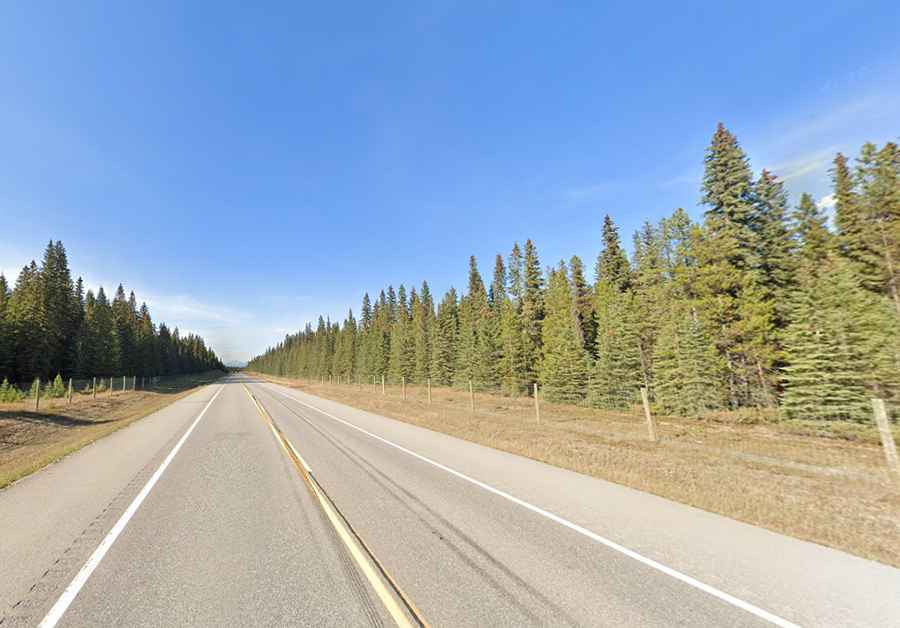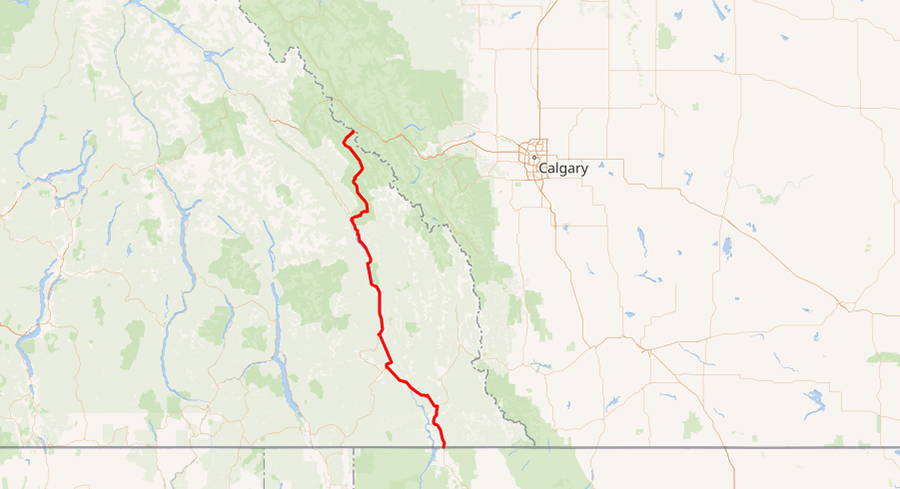How to drive the scenic British Columbia Highway 93?
Highway 93 is a north-south route that runs through the southeastern part of British Columbia, connecting with U.S. Highway 93 at the Canada-U.S. border. It follows the Crowsnest Highway (Highway 3) and Highway 95, passing through Radium Hot Springs, and crosses the Continental Divide into Alberta at Vermilion Pass, where it continues as Alberta Highway 93.

How long is British Columbia Highway 93?
Starting at the Roosville border crossing, Highway 93 stretches for 321 km (199 mi), first running alongside the eastern shore of Lake Koocanusa for 36 km (22 mi). It then meets Highway 3 at Elko, where it continues west for 53 km (33 mi), after which Highway 93 is handed off to Highway 95. This part of the route travels for 134 km (83 mi) along the Kootenay and Columbia Rivers, passing through towns such as Wasa, Canal Flats, Fairmont Hot Springs, and Invermere, before reaching Radium Hot Springs. From there, Highway 93 diverges and heads east for about 1.3 km (0.8 mi) to enter Kootenay National Park. Through the park, the highway travels northeast for 93 km (58 mi), following the Kootenay and Vermilion Rivers until it reaches Vermilion Pass at the Alberta border. After crossing into Alberta, the highway continues for 11 km (7 mi) before connecting with the Trans-Canada Highway (Alberta Highway 1) near Castle Junction.
When was British Columbia Highway 93 built?
Originally, the highway opened in 1953 between the border and Elko. Its current route was finalized in 1958. Before this, the segment of the highway east of Radium Hot Springs, known as the Banff-Windermere Parkway, was designated as Highway 1B, reflecting its connection to the Trans-Canada Highway in Alberta. In 1959, the highway was extended from Elko through Highway 3 and Highway 95 to Radium Hot Springs, with the Icefields Parkway and Highway 1B being renumbered to their current designations.
